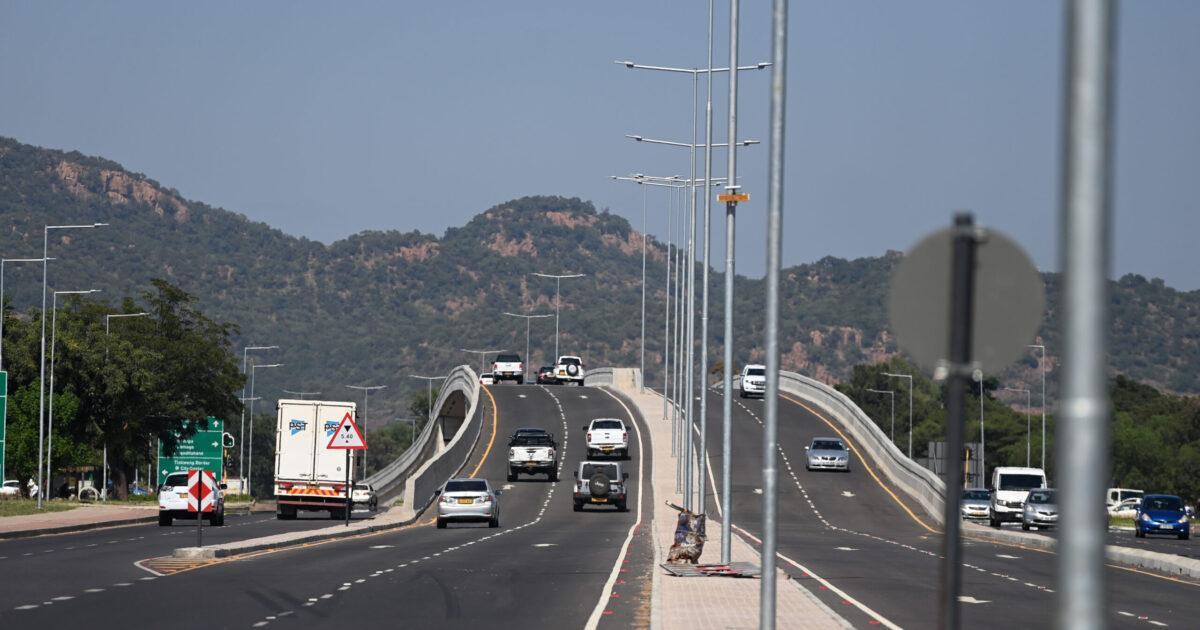Africa-Press – Botswana. The recently released report on Botswana’s Development Manager (DM) Model is more than a technical post-mortem of a flawed procurement system. It is an indictment of something deeper: the absence of developmental thinking in our national infrastructure programme. Special Correspondent DR DOUGLAS RASBASH looks at what went wrong and offers what can be done to mend it.
For too long, the Ministry of Transport and Infrastructure has functioned less like a driver of national progress and more like a project factory — churning out contracts, processing payments, and breaking ground on projects without ever asking the one question that matters: what will this investment do for our people, our economy, and our environment?
It is thus little surprising that the recently released report on Botswana’s Development Manager (DM) Model is more than a technical post-mortem of a flawed procurement system. It is an indictment of something deeper: the absence of developmental thinking in our national infrastructure programme.
When the DM model was introduced, it came wrapped in the language of reform. It promised to cut delays, inject efficiency, and revitalise the construction sector. Instead, it exposed just how far our system has drifted from genuine development:
– Project costs ballooned from P13 billion to P56 billion.
– Cost overruns averaged 60%.
– Competitive tendering was routinely bypassed.
– Citizen participation was sidelined entirely.
Seven of the nine Development Managers were foreign-owned, often unlicensed, operating outside tax and labour laws. Accountability vanished. The so-called Catalyst Project Team answered to no one, displacing ministries, including the Ministry of Finance, and the National Planning Commission. Procurement became the end, not the means.
This is not development. It is mechanical projectism — the belief that the more we build, the more we develop, regardless of what is built, where it is built, or whether it changes lives. Success is measured in billions spent, not livelihoods created.
Development Spending Without Jobs
For over 30 years, Botswana has pursued an infrastructure-led growth strategy, pouring money into roads, schools, clinics, and utilities. The logic was simple: build, and prosperity will follow. The data tells a harsher truth.
Figure 1: Despite a 350% real increase in infrastructure investment (GFCF), unemployment has nearly tripled. This disconnect between spending and livelihoods underscores the challenges of procurement-led development.
Between 1991 and 2021:
– Gross Fixed Capital Formation rose from under USD 1 billion to over USD 4.5 billion — a 350% real increase.
– Unemployment climbed from roughly 90,000 to over 260,000.
– Youth unemployment breached 35%, with thousands of graduates unable to find work.
Despite infrastructure consuming more than a quarter of the national budget for over a decade, job creation has lagged. Roads are laid, yet rural economies remain stagnant. Hospitals stand, yet health outcomes lag. Buildings go up, but the businesses and services they were meant to enable do not.
We have built the physical shell of development without filling it with opportunity. Capital formation has become an accounting exercise, not a nation-building strategy.
A System Without a Theory of Change
The DM report confirms what development practitioners have long suspected: Botswana lacks a results framework — a clear logic connecting investment to outcomes like job creation, productivity growth, regional integration, and climate resilience.
There is no programme management, no project cycle discipline, no economic, social, or environmental evaluation before or after the build.
In the absence of a theory of change, infrastructure policy defaults to the lowest common denominator: spend the money, deliver the asset, move on.
The Minister of Transport and Infrastructure, Noah Salakae, responding to the DM report, stated: “Following the obvious challenges of the Development Management Model, my Ministry is looking at new ways to ensure the nation gets far better value for our development funding.
“This will include, but not be limited to, applying international standards to project appraisal and setting clear success criteria. We will apply more rigour to procurement, manage projects more expediently, and conduct post-completion follow-up to ensure results meet our expectations.”
The Way Forward
Botswana cannot afford another decade of procurement without purpose. We must:
Embed infrastructure in a national development strategy — with explicit targets for jobs, value chain growth, skills transfer, and spatial equity.
Adopt programme management over fragmented projects — integrating related investments for maximum impact.
Institutionalise impact evaluation — so that every pula spent is judged against real-world outcomes.
Enforce accountability and compliance — with citizen participation and transparent oversight.
Align infrastructure with green growth and digital opportunity — ensuring sustainability and future readiness.
Development is not about pouring concrete; it is about building livelihoods. It is about fewer contracts and more outcomes. Fewer press releases and more transformation.
The DM model is not ending — but it is being seriously revised to address the challenges exposed by the report. This moment should be the turning point towards a results-driven approach where Botswana spends wisely, evaluates rigorously, and builds for its citizens, not merely for its contractors.
Source: Botswana Gazette
For More News And Analysis About Botswana Follow Africa-Press






